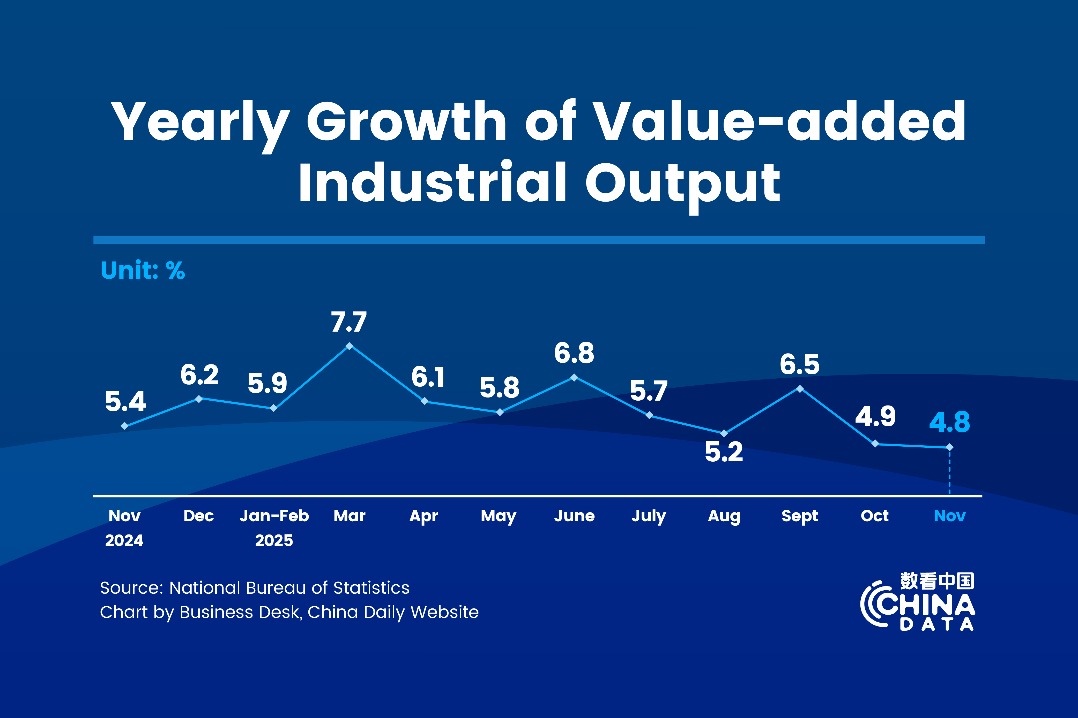China's evolving monetary toolkit

BEIJING - As the world's second biggest economy is at a historic transition, its central bank, the People's Bank of China, (PBOC) has many balls to juggle.
Sustaining growth, supporting structural reform, curbing asset bubbles, and averting financial risks - in face of the increasingly delicate tasks, the PBOC's monetary regulation has also evolved.
In the past year, monetary authorities have introduced an upgraded regulation framework, created new liquidity tools and refined their maneuvers.
China will continue to keep its monetary policy prudent and neutral in 2018, central authorities declared at a tone-setting annual economic meeting this month.
This stance is in line with the shifting reality: economic growth has slowed, a credit binge has fueled risks, markets have become more liberalized yet volatile, while transition to a more sustainable and high-quality economy is imperative.
Addressing these challenges demands more precise and nimble monetary tactics, and how China does this has implications for global investors, as it increasingly opens up to the world.
Two-pillar policy framework
Early this year, the PBOC introduced a "two-pillar" policy framework for the first time, saying that asset price bubbles cannot be prevented without the cooperation of macro-prudential policy and monetary policy.
While traditional monetary policy can address the fluctuations of economic cycles, it alone cannot deal with the ups and downs of financial cycles.
The global financial crisis was a good example. Before the US subprime mortgage crisis in 2007, though the global economy was on a strong rise with steady inflation, skyrocketing stock markets and house prices sowed the seeds of the crisis.
The issue is particularly relevant in China today as the country is working on a deleveraging process, putting tough curbs on the property market to defuse asset bubbles, key indicators of financial cycles.
"Risks stem from both economic and financial areas, that's why we need the two-pillar framework," said Lu Lei, deputy head of the State Administration of Foreign Exchange.
Under the "two-pillar" framework, the central bank regulates financial institutions by making counter-cyclical adjustments through the MPA system, which monitors banks' capital adequacy ratios, assets and liabilities, liquidity, cross-border financing risks and other conditions.
In a bid to make the system more effective, the PBOC began to include off-balance-sheet wealth management products into macro-prudential assessments this year. More financial activities, markets, institutions and infrastructure will be covered.
Structural tools
Complementing the macro guidance, the central bank has in recent years created new liquidity management tools, such as the medium-term lending facility (MLF) and pledged supplementary lending (PSL), as vehicles for balance sheet expansion.
Rather than across-the-board rate cuts and reserve requirement ratio (RRR) adjustments, China has relied more on the use of somewhat intricate tools to inject or withdraw liquidity at different rates and for different time periods.
"The use of MLF and PSL improves the central bank's monetary management by allowing it to fine-tune liquidity provision at an operational level without interfering with the broad monetary direction," said a Moody's report last month.
This year, the PBOC started to use temporary liquidity facility and 63-day reverse repos, both new tools to maintain stable liquidity without injecting excessive money.
To ease the structural imbalance in money flows, the central bank also resorted to targeted moves to guide funds into the most needy sections of the real economy to shore up higher-quality growth.
In a bid to improve credit support for small and micro-sized enterprises, startups and agricultural production, the PBOC in September announced a targeted RRR cut.
The new policy, which goes into effect in 2018, offers commercial banks an RRR cut of 0.5 to 1.5 percentage points from next year if their annual outstanding or new loans in inclusive financing reach certain requirements.
Commenting on the policy stance set in the Central Economic Work Conference, a research team under the Bank of Communications believes such structural adjustment will continue in 2018, with little possibilities of changes in universal RRR or interest rates.
- China's central bank skips open market operations for 5th trading day
- China central bank skips open market operations for 4th consecutive day
- China's yuan strengthens to more than 3-month high
- China's 2018 fiscal, monetary policies aim for high-quality development
- Central bank suspends open market operations on fiscal spending increase




































